The Future of Furniture?
The “Museum Talks Series” transitioned to a digital format in these unprecedented times. The inaugural presentation titled, “The Future of Furniture: Curating furniture at the Rijksmuseum” was an engaging presentation by LUCAS faculty member, Dr. Alexander Dencher.
Given the flexibility of the digital format, attendees from around the globe were able to enjoy Dr. Dencher’s presentation concerning his curatorial work with the furniture collection of the Rijksmuseum. His talk focused on the study galleries for furniture planned for the new Netherlands Collection Center (CCNL) in Amersfoort. The CCNL is set to replace and combine the current off-site depositories for the Dutch Open Air Museum, Paleis Het Loo, the Rijksmuseum, and the Cultural Heritage Agency of the Netherlands with a focus on sustainability and preservation.

As Dr. Dencher presented it, the 2013 renovation of the museum has greatly reduced the number of furniture pieces on display. The study galleries will therefore present highlights from the collection, such as works by the cabinetmaker Herman Doomer (1595-1650), to to help visitors study and reevaluate their preconceptions of the design and function of all forms of furniture. The display uses the available space and existing fittings and is therefore distinctly different from curating a temporary exhibition space. This approach will display the objects in such a way that visitors can engage with and learn about furniture and its design in the Netherlands.
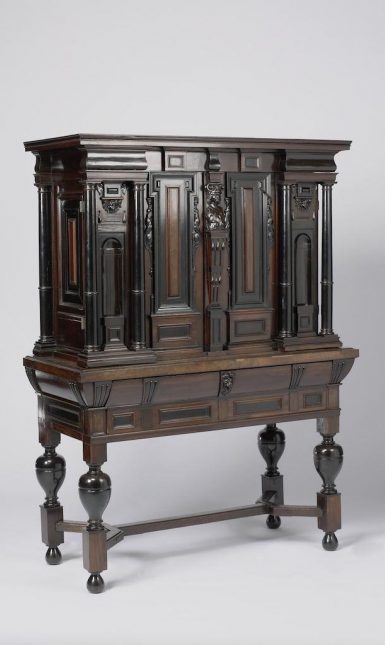
The “Furniture Study Galleries”, which will be organized both chronologically and geographically, make use of moveable racks, enabling an ease of visual comparison in terms of theme and object type. The visitor is thus able to evaluate design and material trends in a far more comprehensive way. In a single display of Italian Renaissance Furniture, for example, sixteen objects including an ornately carved wooden table, a handful of seating furniture, and even more chests and cassone will be placed together to prompt considerations of use of material, form, and design approach.
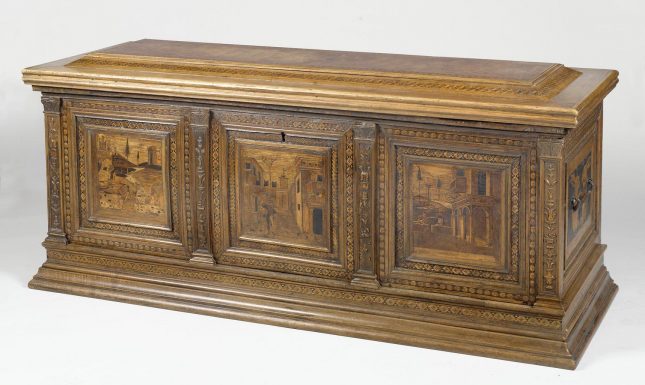
The galleries will also include a display of woodwork, carvings, mirrors, clocks and related objects, like a collection of nineteenth-century models for stucco work that belonged to the Dutch furniture company H.P. Mutter en Zoon (1816-1970). This will present visitors with a kind of visual grammar of ornament and help students of furniture understand the broader artistic context of the objects on display.
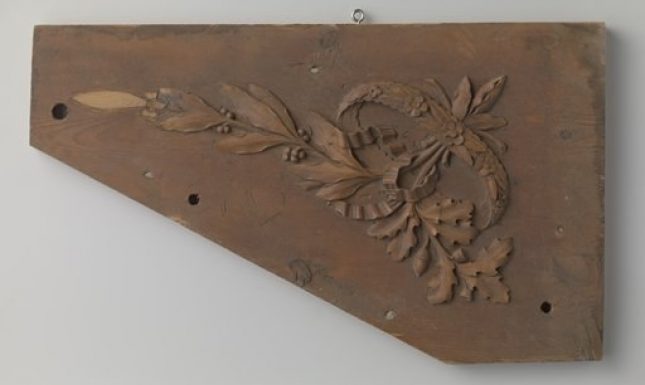
Important art historical issues such as how idiosyncrasies in the objects denote that an item may be a fake, forgery, or later restoration intervention will also be highlighted in one of the displays. Furniture, like most art forms, also have a long history of fakes and forgeries. In the nineteenth century, antique dealers not only sold historical furniture but created pieces that were sold to museums and collectors. Forgers were able to recreate old furniture by copying measurements, tracing marquetry patterns, and making casts of bronze mounts
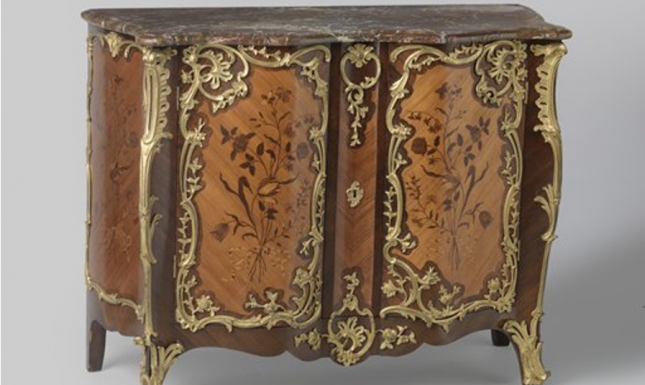
In the last part of his lecture, Dr. Dencher talked about a more recent initiative of the furniture department, namely the collecting of design drawings, which seeks to expand the traditional boundaries of the study of furniture. This has been possible thanks to the generosity of museum patrons, who created the Decorative Art Fund to finance the acquisition of these drawings for the Rijksmuseum. Drawings help visualize the creative process of designers and artisans and can foreground the intellectual as well as manual aspects of design. Dr. Dencher is currently assisting the senior curator of furniture, Professor Reinier Baarsen, in the preparation of an exhibition of these drawings, scheduled for 2022.
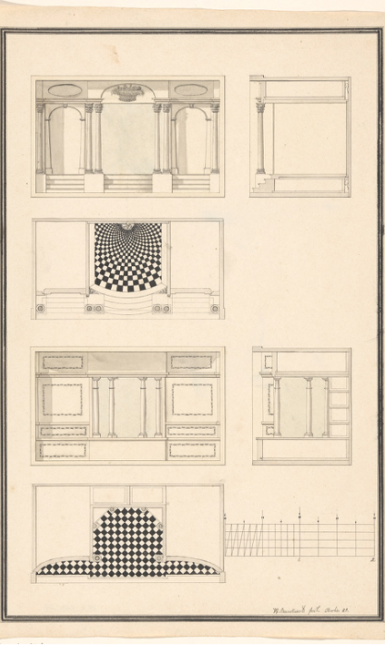
Margaret Mansfield is a PhD Candidate in history of art and architecture at the University of California, Santa Barbara and his currently a Samuel H. Kress Institutional Fellow at Leiden University. In addition to her dissertation she is working on a collaborative project based at the University of Minnesota, focusing on Bernard Picart’s Cérémonies et coutumes religieuses de tous les peuples du monde. For more information about her scholarship follow this link: https://www.arthistory.ucsb.edu/people/margaret-mansfield

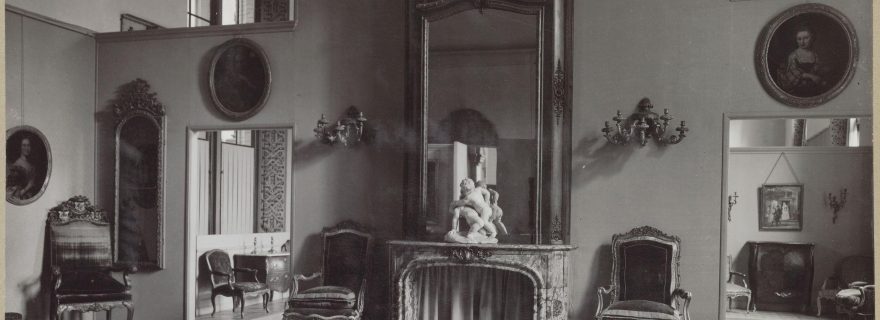
0 Comments